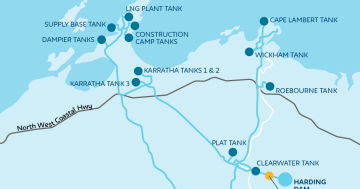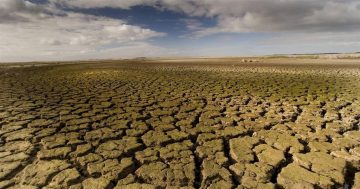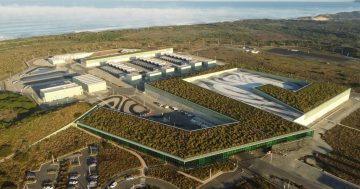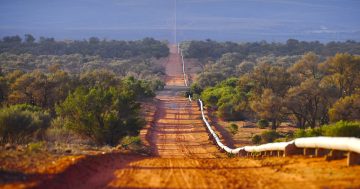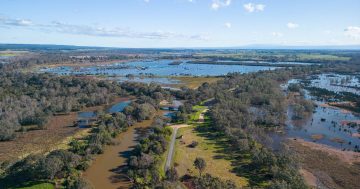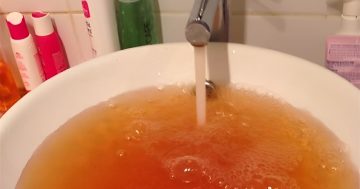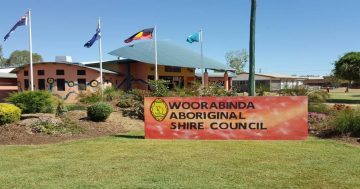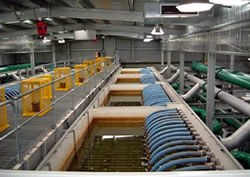 The Department of Water has been allocated $1.4 billion to commission a new seawater desalination plant, further securing Perth’s long-term drinking water supply.
The Department of Water has been allocated $1.4 billion to commission a new seawater desalination plant, further securing Perth’s long-term drinking water supply.
Minister for Water, Dave Kelly said contrary to popular belief, rainfall was not Perth’s main drinking water source.
“Since the 1970s, average annual rainfall across the southern part of the State has fallen by 20 per cent,” Mr Kelly said.
“Combined with longer, hotter summers and drier winters, this has seen an 80 per cent reduction in stream-flow to metropolitan dams,” he said.
“Where Perth once averaged 420 billion litres of stream-flow annually — enough to supply today’s population with drinking water for a year — this figure is now around 70 billion litres.”
Mr Kelly said as a result, rainfall in the form of stream-flow now accounted for around 15 per cent of scheme water supplied to Perth and some regional areas.
“Over the past two decades, the State Government has responded to the impacts of climate change on Perth’s water resources by investing in rainfall-independent water sources,” he said.
“Today, nearly half the drinking water supplied through the Integrated Water Supply Scheme comes from desalinated seawater and groundwater replenishment.”
The Minister said World Water Day, celebrated on Tuesday (22 March), was an opportunity to reflect on where the State’s water came from and to consider how to help ensure a sustainable future for the precious resource.
“Perth was the first city in Australia to desalinate seawater as a drinking water source and one of the first cities in the world to pursue groundwater replenishment,” he said.
“Today, we’re the only Australian city with two desalination plants and soon a third will be needed.
“We need to act now to protect our precious groundwater resources because sustainable groundwater use is critical to protecting our wetlands, lakes and bushland from the impacts of climate change,” Mr Kelly said.


